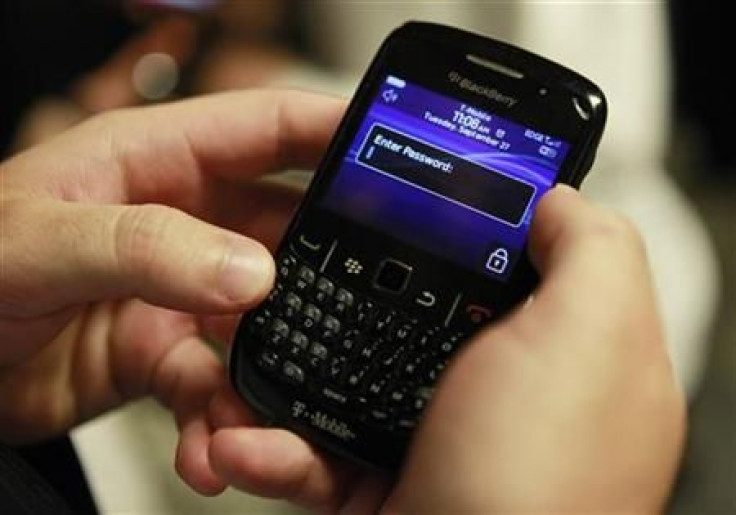Next Stop for iPad, Kindle Users in Transit: The Cop Shop

Proliferation of handheld electronic devices is causing a new problem: theft in transit systems around the U.S. Now that the holiday season is coming, police departments are trying to crack down.
Passengers on New York-area lines operated by the Metropolitan Transportation Authority have already been subjected to in-car announcements and some billboards that complement the old If you see something, say something campaign.
The reason is clear: too many patrons are seeing their $499 Apple iPads and $199 Amazon Kindles stolen while riding the transit system.
The N.Y. City Transit Authority, a part of the MTA, reports subway crime has risen 17 percent so far in 2011, with about 1,000 riders the victims of larceny. The most popular item to be stolen is an Apple iPhone, the authority said.
On the Long Island Rail Road, the nation's largest commuter carrier, felonies including larcenies through September rose 38 percent, to 142. Robberies rose sharply to 31 from only 12 a year ago. Among the most-desirable items were electronic devices.
MTA Police Chief Michael Coan said while disturbing, the LIRR still has very little crime considering it provides 80 million annual rides. He and other police officials say a lot of crime happens late at night, not necessarily in the busiest commuting periods.
Meanwhile, The LIRR's sister line, Metro North Railroad, which brings people into the city from the northern suburbs and Connecticut, reported a nine percent increase in felonies, to 116.
Other metropolitan areas have experienced the same disturbing rise. Chicago Transit Authority reported a 23 percent increase in the first half, to 294, mainly smartphones. Washington, by contrast, reported an 18 percent decline, at least between June and August.
The opportunity for a thief to snatch a costly handheld device is easier than some other offenses such as pickpocketing, MTA's Coan said. Customers who carry the latest electronic devices are increasingly being targeted.
In the old days, commuters were apt to travel with their copies of the daily newspaper and didn't have mobile phones or tablets. Now, hardly anyone lacks at least one of these devices, which has led to the problem.
During October, the Transit Authority began broadcasting messages urging patrons not to show their electronic devices to prevent theft.
Casual observance so far indicates the warnings are little heeded, as patrons stand in some of the busiest stations stations like Chambers St., Fulton St. and Pennsylvania Station and read the news on their iPads or Samsung Galaxy tablets, send e-mail on a BlackBerry, and so on. Once the MTA makes wireless service available systemwide, we will probably only see more gadgets on display. For now, full mobile service is available in only a handful of stations.
The problem may be less acute on the commuter railroads, where passengers are mainly seated, compared to the subway, where they are often standing, crushed by others. Subway riders are also frequently accosted by panhandlers or small bands that pop into a subway car at an express stop, play a quick musical number and exit at the next stop.
The problem may get worse during the November and December shopping season. The Consumer Electronics Association last month predicted the average consumer this year will spend $246 on electronic gifts, a six percent jump from last year and about a third of the overall total.
Tablet computers trail only clothes as the most-wanted holiday gifts, said Shawn DuBravac, the CEA's chief economist.
contact David Zielenziger at d.zielenziger@ibtimes.com
© Copyright IBTimes 2024. All rights reserved.












